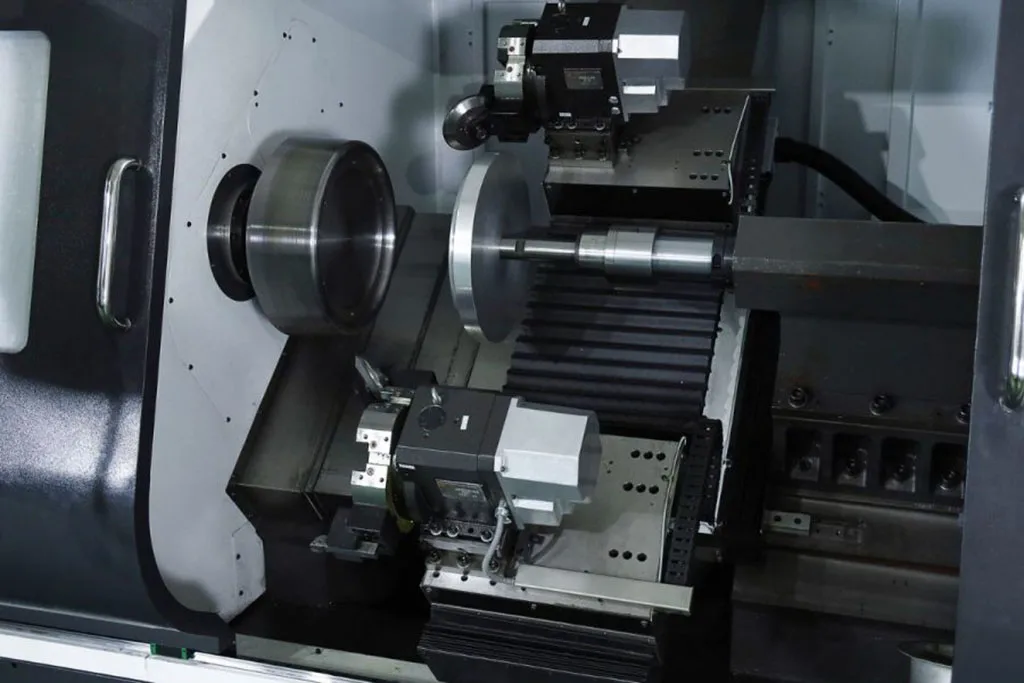Advantages of Laser Cutting
Advantages of Laser Cutting
Blog Article
Laser cutting has revolutionized manufacturing. It offers precise, clean cuts for a range of materials, from metals to plastics. Industries like automotive, aerospace, and electronics rely on laser cutting to produce high-quality parts quickly. Let’s explore the main advantages of laser cutting and why it’s become so popular.

1. High Precision and Accuracy
Laser cutting stands out for its precision. The laser beam is incredibly thin, allowing for detailed cuts with minimal waste. This high precision is crucial in industries like electronics, where small components need exact dimensions. Unlike other cutting methods, laser cutting leaves clean edges and smooth surfaces, reducing the need for extra finishing. This accuracy minimizes errors, saving both time and materials.
2. Speed and Efficiency
Laser cutting is fast. The laser moves quickly across materials, cutting even complex designs in seconds. For large production runs, this speed is invaluable. Faster cutting times allow manufacturers to meet tight deadlines and reduce costs. Laser cutting machines also automate much of the process, meaning less manual intervention. This efficiency helps industries boost productivity without compromising quality.
3. Versatility Across Materials
Laser cutting works with a wide range of materials. From metals like steel and aluminum to non-metals like acrylic and wood, lasers handle them all. They can even cut reflective materials like copper, a challenge for traditional methods. This versatility allows companies to use one machine for multiple applications, making it a cost-effective option for varied projects.
4. Minimal Material Waste
Laser cutting is known for producing less waste. Because the laser beam is so thin, it removes only a small amount of material. This is ideal for expensive materials where every millimeter counts. With reduced waste, companies save on material costs, making laser cutting more sustainable and economical.
5. Low Risk of Material Distortion
Traditional cutting methods apply physical force, which can distort materials. In contrast, laser cutting is a non-contact process. The laser beam melts or vaporizes the material without direct pressure. This means there’s less chance of bending, warping, or cracking. Especially for thin or delicate materials, laser cutting ensures the final product retains its original shape and structure.
6. Reduced Need for Finishing
Laser cutting produces clean, smooth edges. Unlike mechanical cutters, lasers leave no burrs or rough edges that require further finishing. This advantage reduces the need for sanding, grinding, or polishing after cutting. For manufacturers, less finishing means lower labor costs and shorter production times. It also leads to a higher-quality end product.
7. Design Flexibility and Complexity
Laser cutting offers unmatched flexibility in design. Complex shapes, intricate patterns, and fine details are all achievable with lasers. The machine can cut different shapes with high repeatability, ensuring each piece matches the original design. Designers can also experiment with patterns and sizes without worrying about precision loss. This flexibility makes laser cutting ideal for creative industries like fashion and architecture.
8. Cost-Effective for Prototyping and Small Batches
Laser cutting is ideal for both large and small production runs. For prototyping, it allows quick adjustments to design without expensive tool changes. Setting up for laser cutting is relatively quick, making it cost-effective for smaller batches as well. Manufacturers can produce prototypes or limited runs without large investments, allowing them to test designs before full-scale production.
9. Automation and Reduced Labor Costs
Most laser cutting machines operate with computer numerical control (CNC) technology. This automation reduces the need for manual work, which lowers labor costs. CNC programs control the laser’s movement, speed, and depth, ensuring consistency across multiple cuts. Operators spend less time on each project, freeing them for other tasks. This automation also minimizes errors, leading to better quality and efficiency.
10. Environmentally Friendly
Laser cutting is often more environmentally friendly than traditional methods. With minimal waste and energy-efficient technology, it reduces the overall environmental impact. Many laser systems use less power than older cutting equipment, further reducing emissions. For companies focused on sustainability, laser cutting aligns with eco-friendly goals by minimizing waste and energy use.
Conclusion
Laser cutting offers significant advantages across industries. From its precision and speed to versatility and reduced waste, it stands out as a reliable, efficient method. Its non-contact nature prevents material distortion, and the smooth edges it produces reduce the need for finishing. Whether for large production or small batches, laser cutting remains a top choice for modern manufacturers. With its many benefits, laser cutting continues to shape the future of high-quality, sustainable production. Report this page